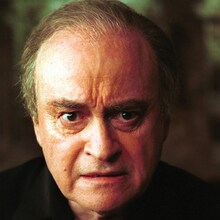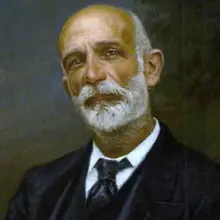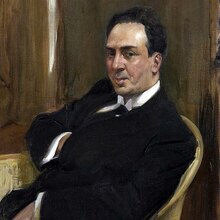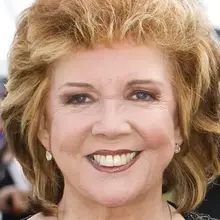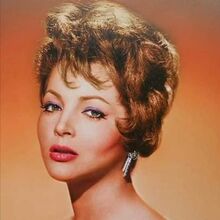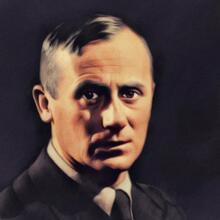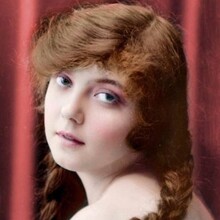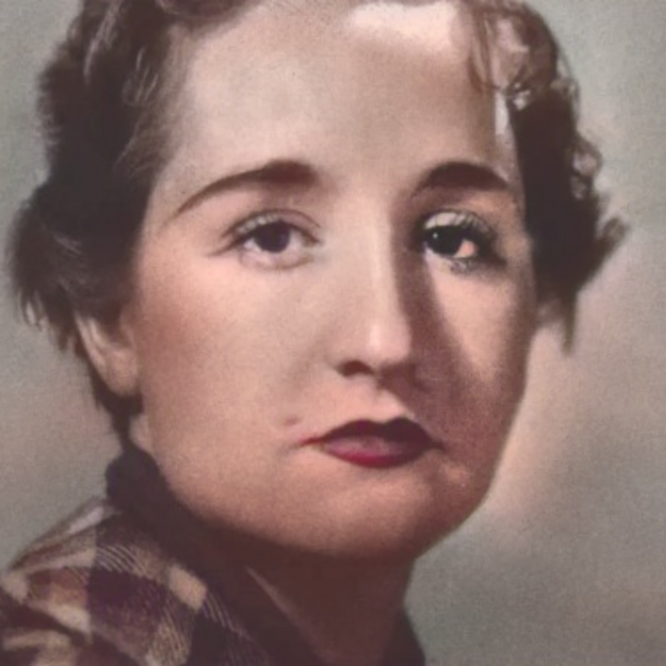
Personal
Other names:
Job / Known for:
Painter
Left traces:
Her paintings and illustrations of urban
Born
Date:
1902-01-05
Location:
ES
Viveiro, Lugo, Galicia
Died
Date:
1995-02-06 (aged 93)
Resting place:
ES
Cementerio de la Almudena, Madrid
Death Cause:
Natural causes
Family
Spouse:
Children:
Parent(s):
Justo Gomez Mallo and Maria del Pilar Gonzalez Lorenzo
QR Code:
Show More
Rank
Users ranking to :
Thanks, you rate star
Ranking
5.0
1
About me / Bio:
Show More
Article for Maruja Mallo
Died profile like Maruja Mallo
Comments:



